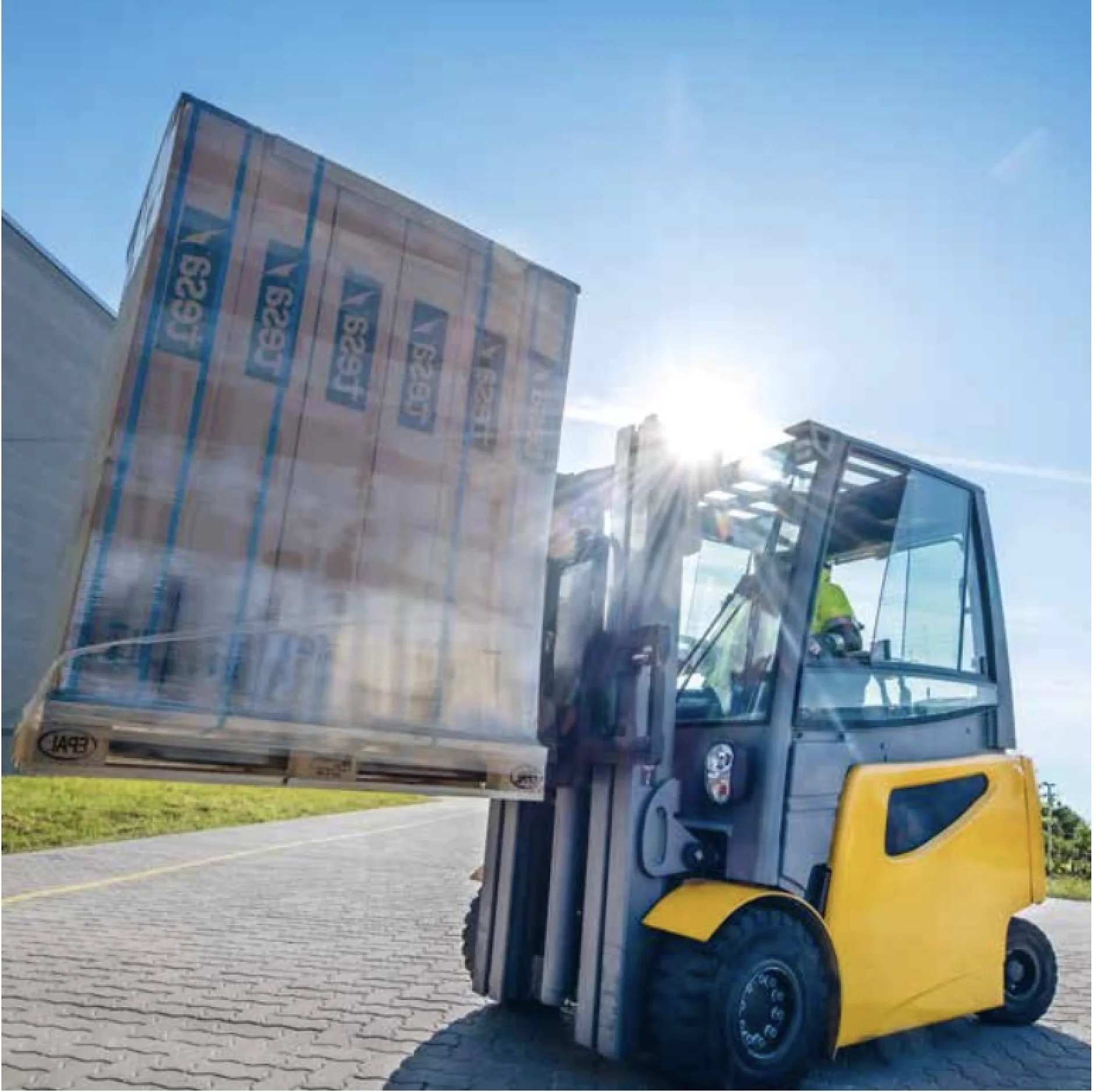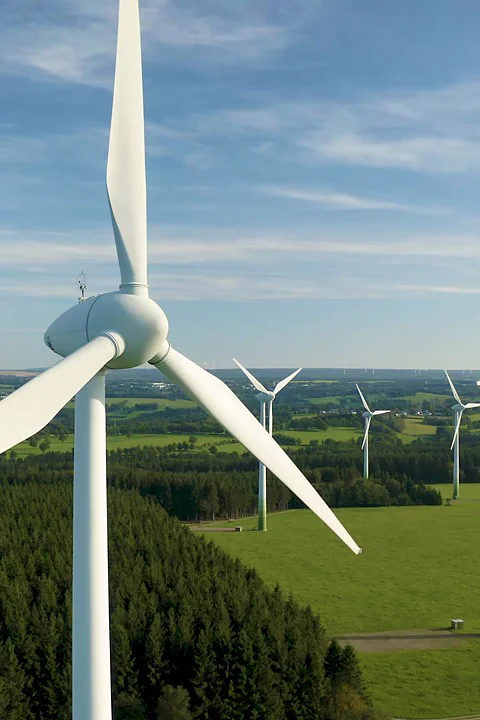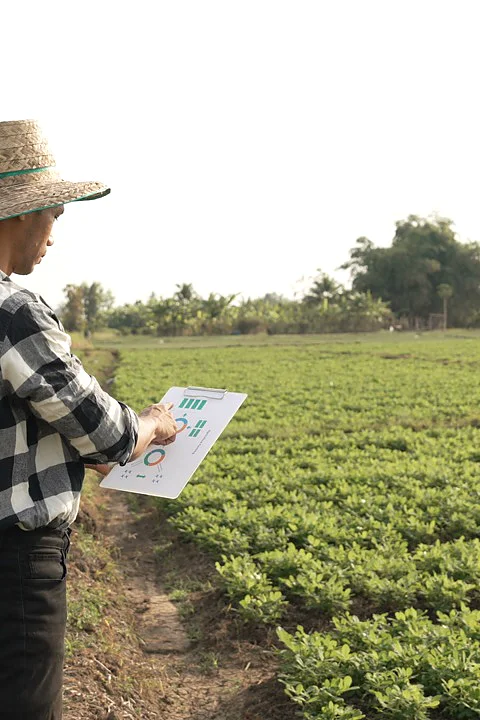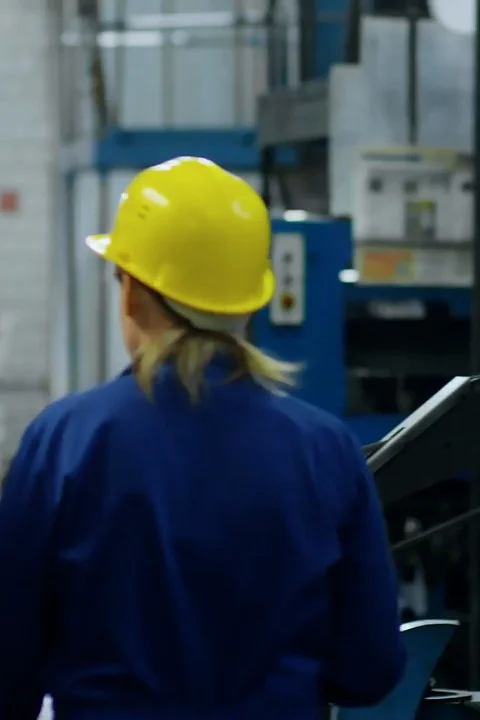True trailblazers like the specialists at tesa moe mountains to ensure that around 7.000 different adhesive solutions get precisely where they need to be all over the world. Balancing availability, service quality and cost efficiency while also incorporating sustainability is a mission in itself. tesa has come up with a master plan for this.
The aim and intention is to manufacture, provide and ship products as quickly and punctually as possible. Air freight in particular is generally considered a relevant originator of climate-damaging CO₂. How can we depart from well-trodden paths without losing sight of customer satisfaction? Ultimately, dates and deadlines are dictated by what goes on elsewhere: a large smartphone producer in China may order wafer-thin adhesive film today, ideally for delivery yesterday, while automakers require a wire harness bundling and protection solution in North America, and a home improvement store in Bavaria needs more painter’s tape. Off go the packages...






